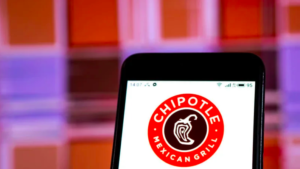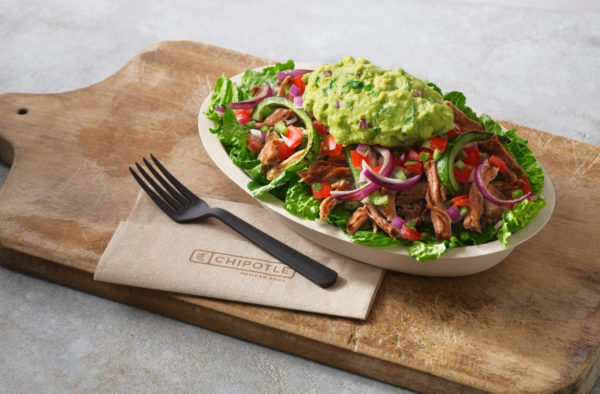Chipotle Plans to Have AI Phone Order System in All Locations by End of 2019

Image Source: The Takeout
In early 2018 popular fast casual chain, Chipotle, launched a pilot program at 10 locations to test using voice assistants to take phone orders. Chipotle’s vice president of digital strategy and product told Nation’s Restaurant News that the restaurant plans to have an AI voice system in all 2,500 locations by the end of 2019. West explained that the system is not in place to cut back on labor costs, but rather to provide convenience for customers who don’t want to wait in line. “Customers who discover it tend to reuse it and have given us feedback they appreciate the ability to order this way,” West said.
Putting the Bot to the Test
When I called my local Chipotle, a chatbot answered and immediately informed me that they sometimes listen to calls. It then said, “Did you know I can take your order now. So, can I help you today?” I responded that I wanted to place an order and the bot ensured that I knew payment must be taken via phone. It then asked how many people I was ordering for and next told me the soonest an order could be ready. Once the timing was approved, I told the bot that I wanted to order a burrito and it asked what fillings I wanted. I didn’t specify the type of rice or beans so it clarified specifics. The bot then confirmed the order and asked if I wanted to order anything else, while upselling to see if I’d like a side or drink. I was then prompted to say my name and spell it and then went on to payment. What I found most interesting was the lack of confirmation on my name or spelling. As I was spelling it out, I didn’t say “first” and “last” before each letter. I assume this part of the interaction may prove the most difficult as there are far more name variations than Chipotle orders.
I called a second time and requested a quesadilla, an option that is not on the traditional menu. The bot replied that it would connect me to someone at the restaurant. It leads me to believe there are trigger words that immediately forward someone on to a human, and when a word is simply not understood, due to pronunciation, the bot tries again.
Voice Assistants Feeding the Hungry Consumer’s Wish for Convenience
From looking up recipes and restaurants, to actually placing take out and delivery orders, people are increasingly using voice assistants to assist in their food experience. According to the March 2019 Smart Speaker Consumer Report, 40.2% of smart speaker users in the U.S. find recipes and cooking instructions using their devices, and 26.1% do so monthly. Of the most common questions consumers ask voice assistants, 23.2% of questions fall into the restaurant category. Confirming Chipotle’s belief in AI phone orders, a 2018 Yext survey of 1,000 voice search users found that most people prefer to use their smartphones over smart speakers for search related to restaurants and ordering food.
Google and Amazon have taken advantage of the recent growth in food delivery services like DoorDash and Postmates. In May of this year Google announced a new feature allowing users to order food through Assistant, Maps or Search without actually opening the delivery app. A number of Amazon’s delivery and takeout skills work as a “reorder” so users can order their favorite meal in seconds. Among the companies with reorder skills: Starbucks, Seamless and Grubhub.
McDonald’s Starts Testing Voice Assistants in Drive-Throughs
Restaurant Information and Reservations are Popular with Voice Search Users









